Is it possible to live solely off of foraged and homegrown food? Well, this month one Aberdeenshire woman is giving it her best shot. This is a sneak peek into Mirjam Brady-Van den Bos’ diary of week two.
It’s week 2 of living off foraged and homegrown food.
I’m pleased to say I’m gaining weight and am thoroughly enjoying my meals.
I tend to eat like a guinea pig: I don’t stop when I’m full, but I stop when the food is gone.
And boy, there is a LOT of food around at the moment.
Delicious treasures, foraged on the road from Aberdeen to Alford… all thanks to gritters?
So, let me tell you about my treasures.
First up is the Agaricus bernardii, or ‘salt loving mushroom’.
This impressive looking specimen likes to grow in salty areas.
However, I found one in the verge beside the Aberdeen-Alford road. Not a sea in sight. Why is it growing there then?
Well… it’s because of the gritting in winter.
This sprays the verges with enough salinity for this mushroom to carve out an existence in a microhabitat.
If you think ‘they look like shop-bought mushrooms’, that’s because they are members of the same genus.
They taste similar, too.
A Hazlehead mushroom omelette feast
Something else has been popping up in Hazlehead this week, going by the rather ominous-sounding name of ‘Giant polypore’.
They grow out of the base or roots of (mainly) dead beeches.
To eat them, don’t wait until they are the size of monsters – pick them while they’re young.
I cooked two meals with them; one simply fried with some carrot tops, and a more elaborate one with seaweed and sorrel, stuffed into an omelette.
That was an absolute feast.
A porcini and chanterelle stir-fry
Talking of feasts: while on my way to pick cherries at Drumoak, I saw something that I didn’t expect until the end of autumn: Boletus edulis, or porcini.
The joy on my face must have been able to power the National Grid.
These mushrooms are delicious and can be eaten raw, thinly sliced, when young.
Right next to it were some chanterelles, so I cooked them together in another lunchtime stir fry with cucumber, seaweed, sorrel, daisies and rosebay willow herb.
Giant puffball ‘steaks’
But the most amazing instance of serendipity happened yesterday.
You may recall I bartered with somebody for eggs.
Well, this person emailed me again to say ‘there’s something large and white growing in the University garden.
‘You may want to check it out.’
No further bidding needed!
I jumped on my bike and cycled across town in the soaring heat.
When I got there, I found this small oasis of damp grassland, with several beautifully formed Giant Puffballs sitting there proudly.
Similar story as the giant polypore: don’t wait until they are giants (they can become the size of sheep and while this may seem a lot of food, by this stage their inside has usually turned to spores).
I cooked ‘puffball steak’ with nettles, sorrel, seaweed and scrambled egg.
How are things growing in the garden?
On our own few square yards, the garden is proving to be exceptionally productive.
Last night, my husband cooked a traybake with our homegrown vegetables: tatties, carrots, onion and beetroot.
Followed by foraged cherries.
Sitting there, with more food than I really should eat, and knowing how much more food there is on our plot and in the Shire, I felt a great sense of security, and contentment.
Toughest moment? Visiting Countesswells Forest for the first time since storm Arwen. I didn’t have the courage to go and see it before. The destruction of habitat was much worse than I expected, with all of my foraging spots completely gone.
Highlight? Receiving a tip about where to find Puffballs and hitting the jackpot.
Mirjam Brady-Van den Bos is a psychology lecturer at Aberdeen University. You can follow her daily foraging adventures on her Healthy Forager blog here.
And you can donate to her challenge of going all of August eating only foraged or homegrown food in aid of the River Dee Trust here.
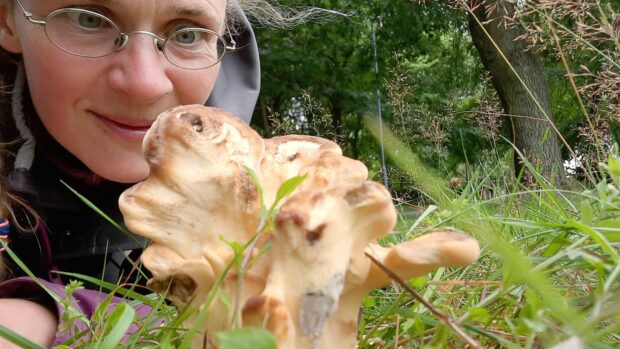
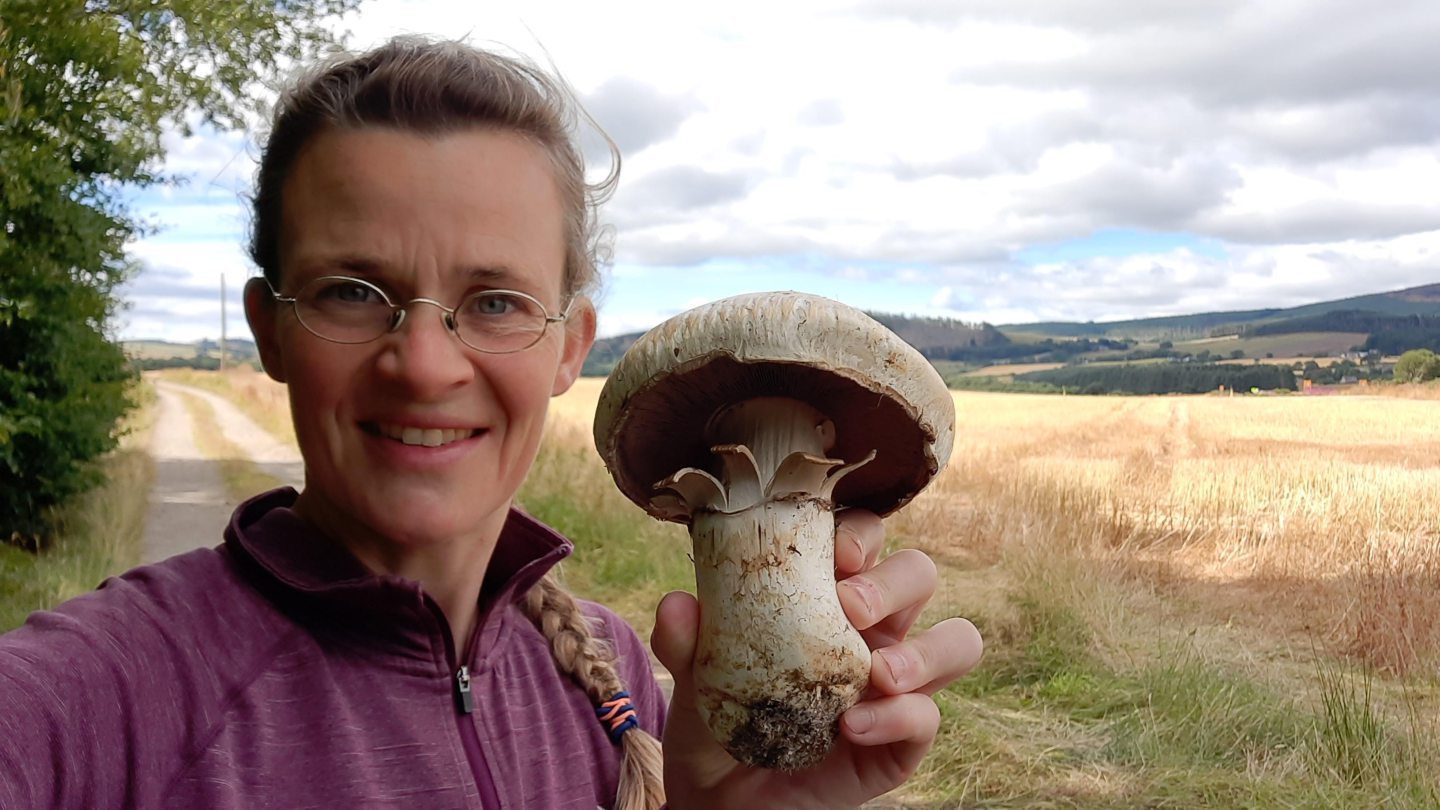
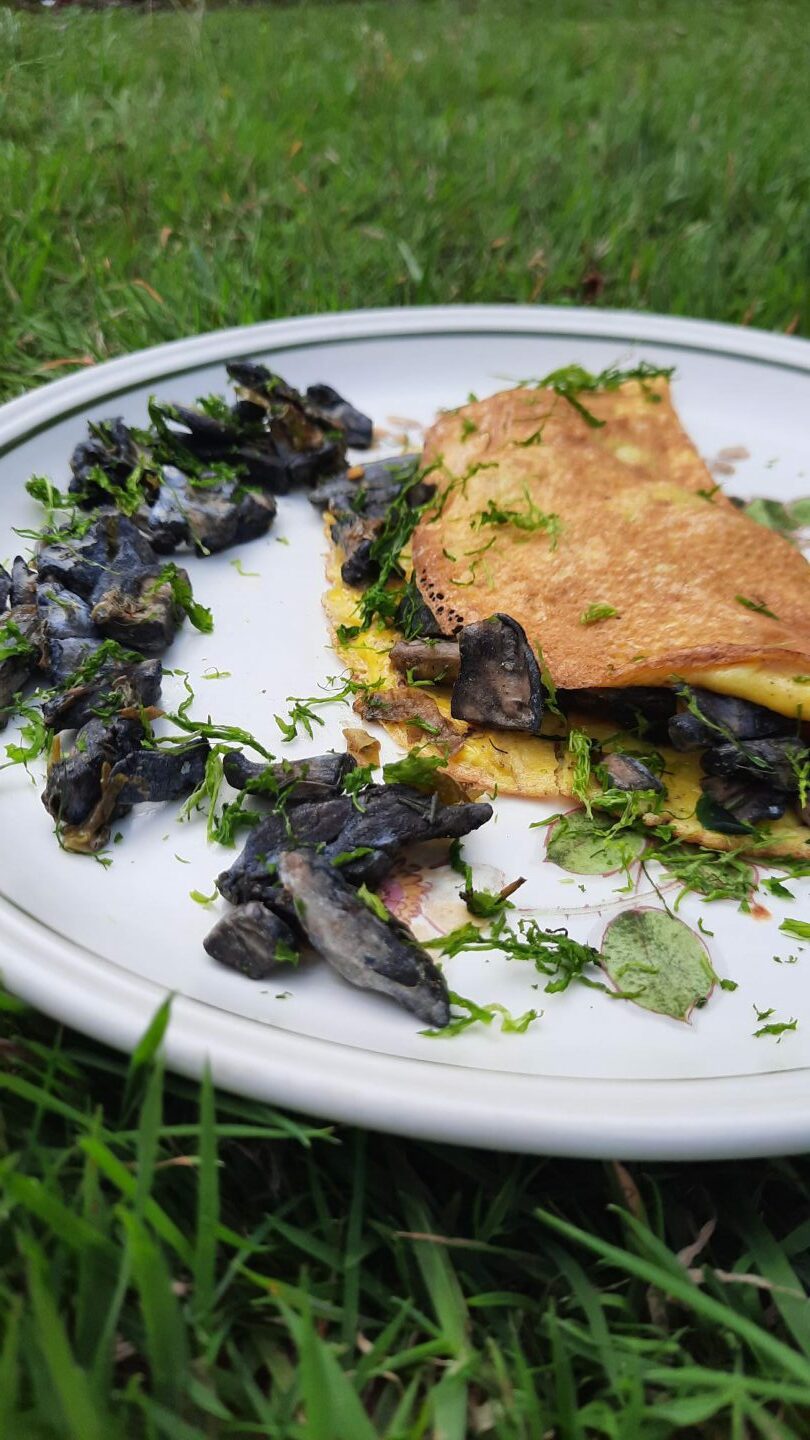
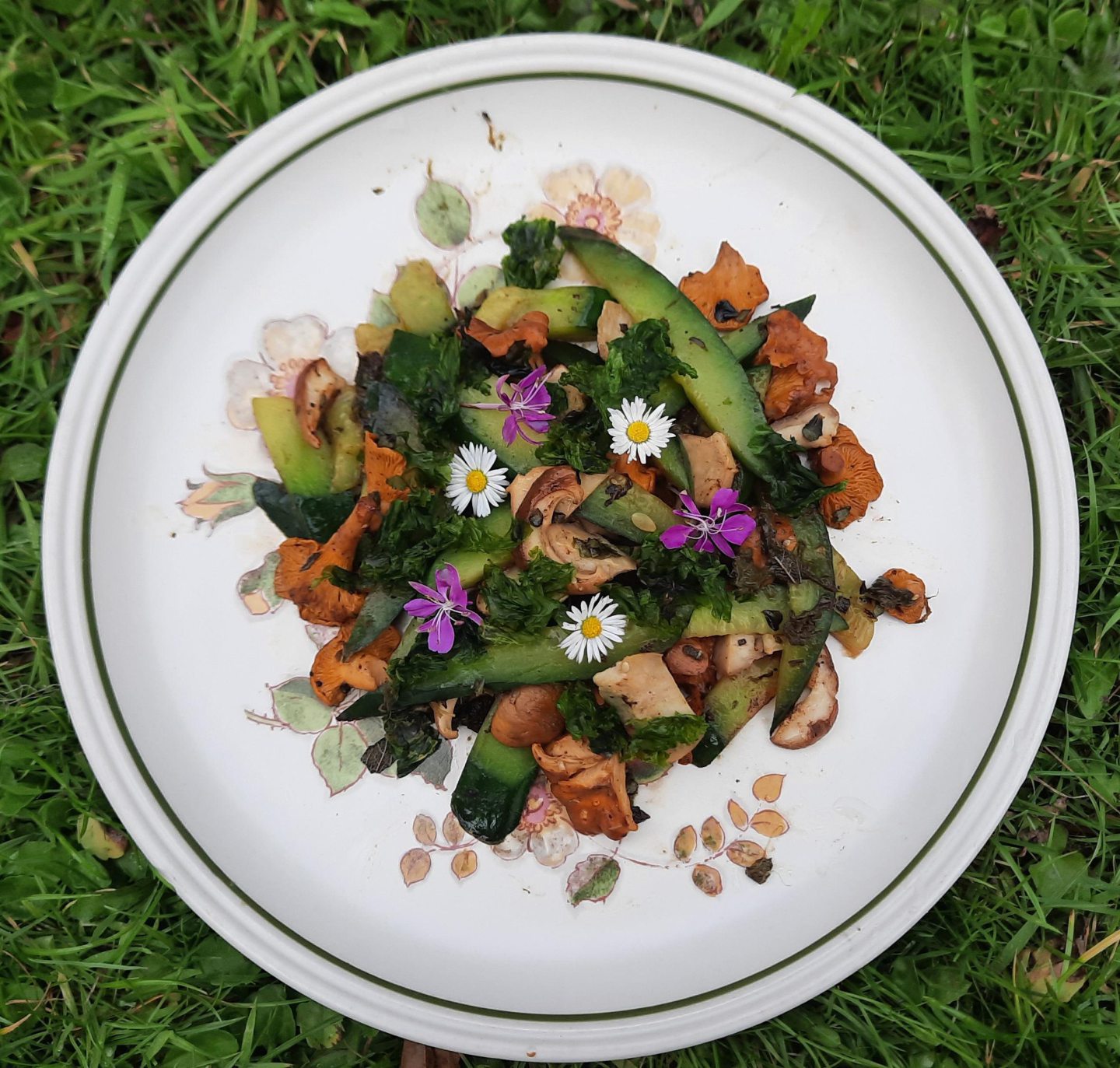
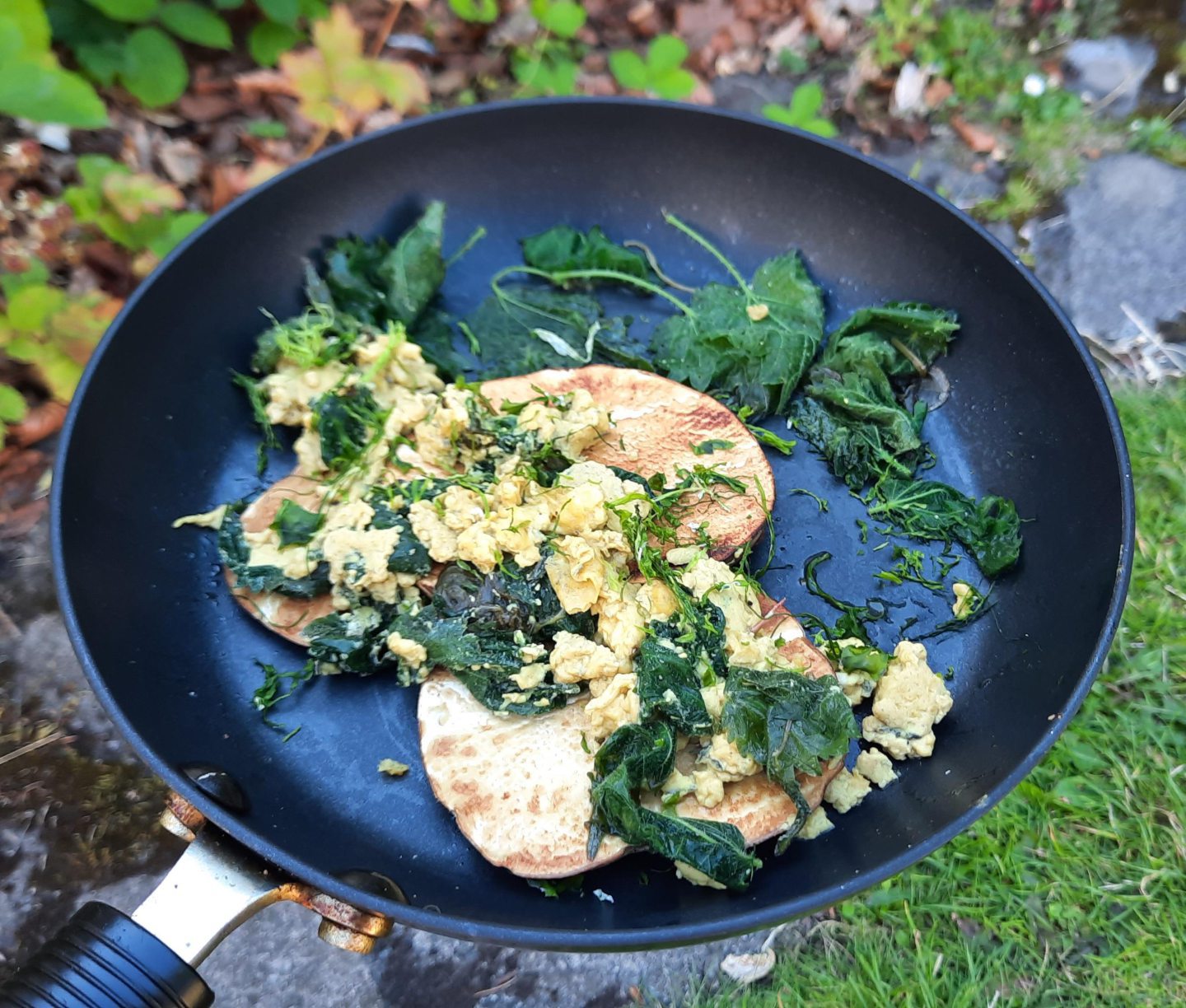
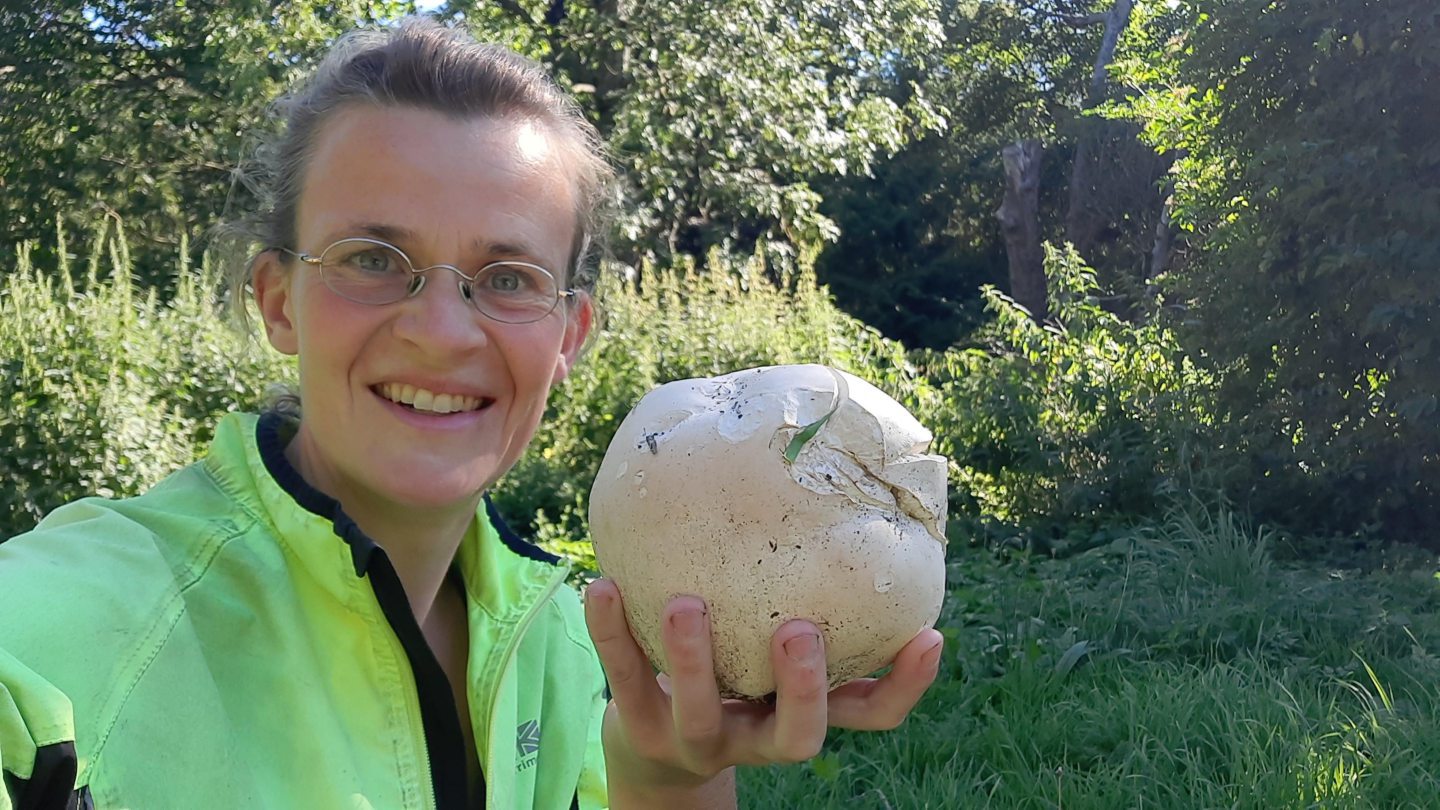
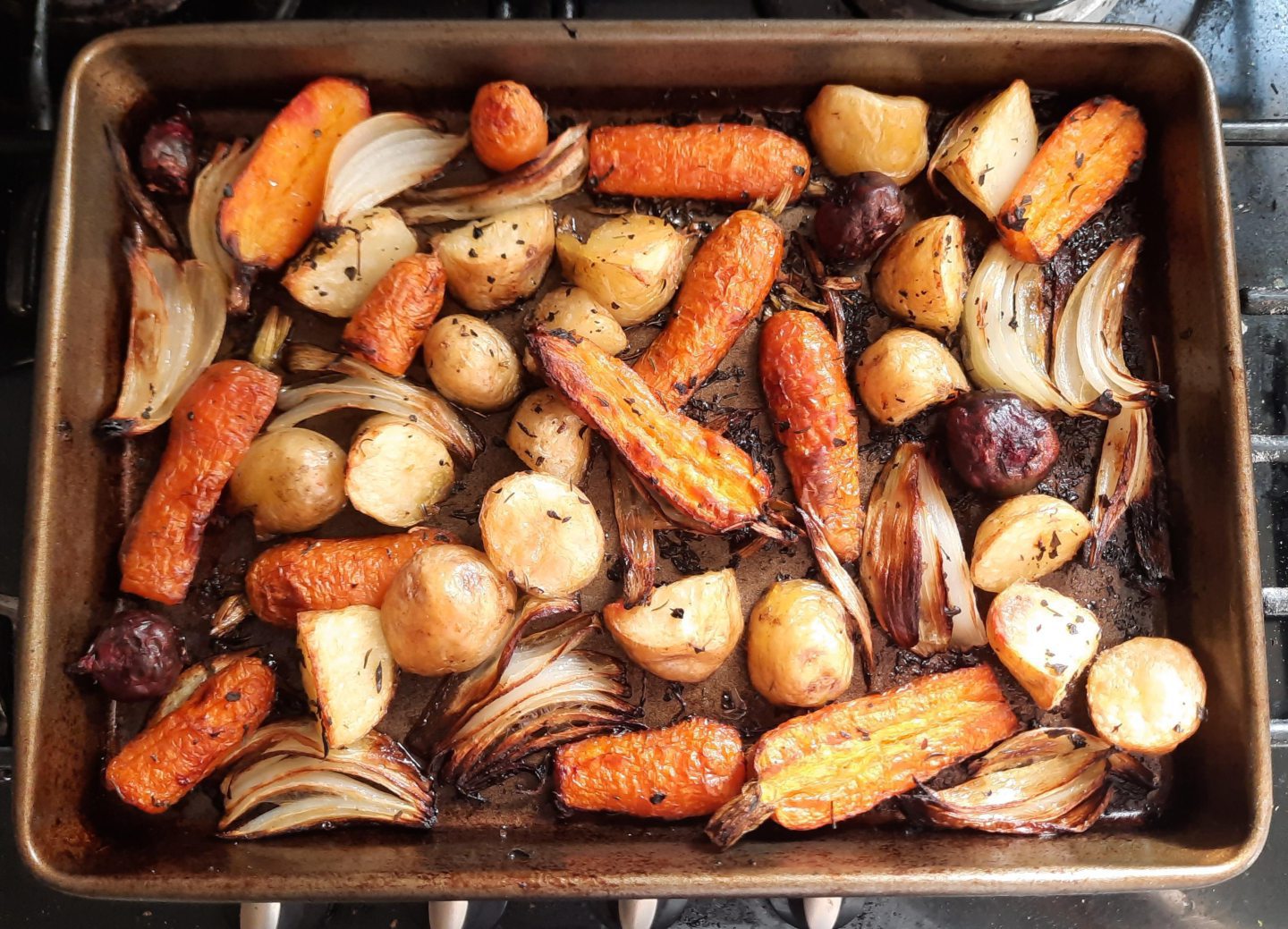
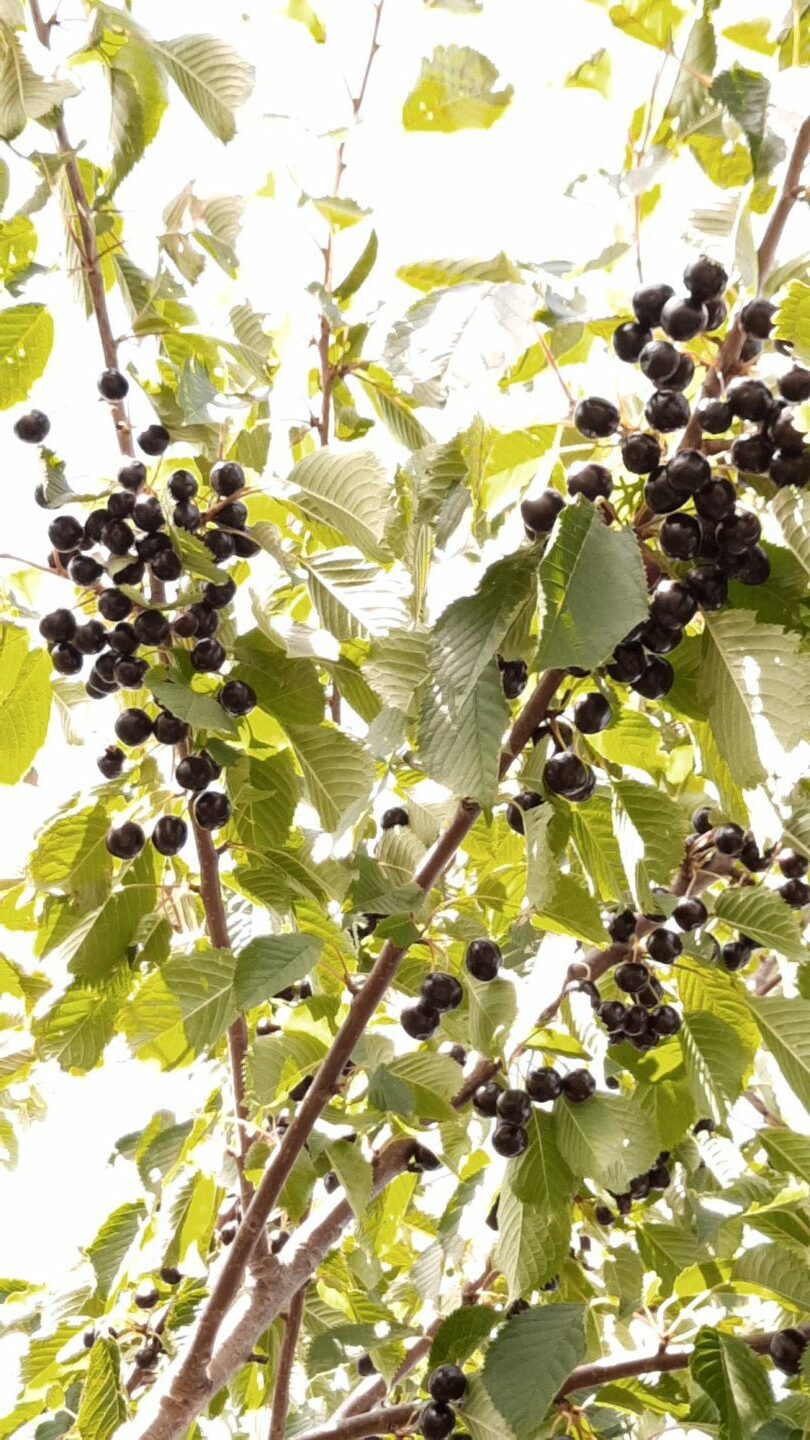
Conversation